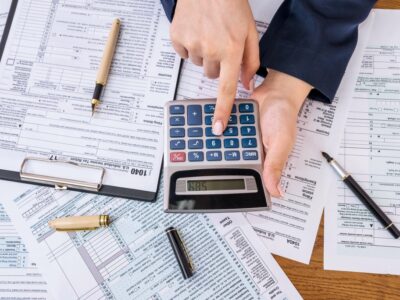
Coffee consumption has shown a steady 2.5% growth rate in the United States over the last decade. The local climate, with a long rainy season, is very conducive for the consumption of hot non-alcoholic beverages. At the same time, hot dry summers drive people into cafes to order iced drinks. Furthermore, coffee has really become a part of the lifestyle in the Pacific Northwest. Its discerning coffee drinkers are in favor of well-prepared, strong coffee-based beverages, which they can consume in a relaxing environment.
How to Prepare a Coffee Shop Financial Plan?
- So grab a cup of coffee (or your beverage of choice) and join us as we talk through the financial landscape of building your dream coffee shop.
- By examining various operational aspects of your competitors, you gain valuable information that ensures your business plan is robust, informed, and tailored to succeed in the current market environment.
- Make sure there’s a clear plan and goal for moving the business forward.
- The higher the net margin the higher your coffee shop’s profitability.
- Explore a spreadsheet-free path to generating financial data for your business.
This ensures that the business can operate smoothly until it becomes profitable. On average, sit-in coffee shops are anywhere from 1,500 to 2,000 sq. Ft. and generate about $300 to $800 revenue per year per square foot for the most successful ones.

How will you secure funding for your coffee shop?
Within the financial section of your business plan, various reports offer investors an in-depth understanding of your coffee shop’s expected performance. These reports include a break-even analysis, investment plan, profit and loss statement, and cash flow statement, enabling stakeholders to assess both the challenges and opportunities inherent in investing in your business. Creating an income statement (profit and loss forecast) for your cafe or coffee shop is streamlined and intuitive with our dedicated financial plan calculator.
Elevate your hospitality business with our Black Friday deal
- Perhaps your establishment specializes in single-origin, ethically sourced beans, or you have a signature blend that customers rave about.
- Ensure that startup costs also include the operating costs or the coffee shop’s monthly expenses for the first few months.
- Initial stock of coffee beans, milk, syrups, pastries, and other consumables required to start serving customers.
- Many of our customers even come back to us for help a year post purchase as they update their financial plan.
- This explains why less than 2% of our customers ever ask us for a refund.
You can easily adapt this Coffee Shop business plan to your own project, no financial expertise required. Start with our preset list of standard cafe expenses, then tailor to your unique needs. Whether it’s monthly rent, coffee bean suppliers, or marketing campaigns, input fixed or variable costs. Also, our dedicated staffing tab assists in budgeting for baristas, managers, and other staff, inclusive of taxes and benefits. And, for those initial months of operations, we’ve broken down the costs separately to cater to start-up expenditures. After thorough research and expense projection, it’s essential to consider a timeline for your profit and loss statement.
Explore a spreadsheet-free path to generating financial data for your business. More specifically, the University of Oregon as close to 25K students and another 5-10K faculty and staff. Our main market will be students, faculty, staff, and nearby residents.
- Our At-A-Glance dashboard offers a concise financial overview of your coffee shop’s health.
- By conducting proper research and analysis on various aspects like costs, sales, pricing, and revenue, you can create a solid financial plan on your own.
- Java Culture’s direct competitors will be other coffee bars located near the University of Oregon campus.
- This section outlines how the initial funds you hope to receive will be utilized during the first year of operations.
- We believe that our candidate has the right experience for this role.

Understanding these financial ratios provides cafe and coffee shop owners with valuable insights into their business’s financial performance and potential areas for improvement. By leveraging the financial plan calculator, you can easily calculate these ratios, understand the basis of financial analysis, and facilitate informed decision-making and strategic financial planning. In the Market Overview of your coffee shop business plan, begin by exploring the size of the coffee industry and its potential for growth. This analysis is key to understanding the breadth of the market and pinpointing opportunities for expansion.

The higher the net margin the higher your coffee shop’s profitability. Now that we have seen the different types of costs involved in launching a unearned revenue Coffee Shop, it is time to evaluate our startup costs. The startup costs related to your coffee shop are simply all the pre-operating expenses and investments you need to make before your business starts to generate revenue.
It helps in calculating your coffee shop’s revenue and guides financial decisions throughout the lifespan of your business (If you do have sales data from your hospitality POS solution though, always add this!). Our coffee shop business coffee shop profit and loss statement plan is structured to cover all essential aspects needed for a comprehensive strategy. It outlines the shop’s operations, marketing strategy, market environment, competitors, management team, and financial forecasts. For example, think about what happens if your coffee shop’s sales drop when the weather gets extremely cold or if the cost of your menu items increases unexpectedly due to rising inventory costs. You should also consider the in-between possibilities and adjust your financial projections accordingly.
